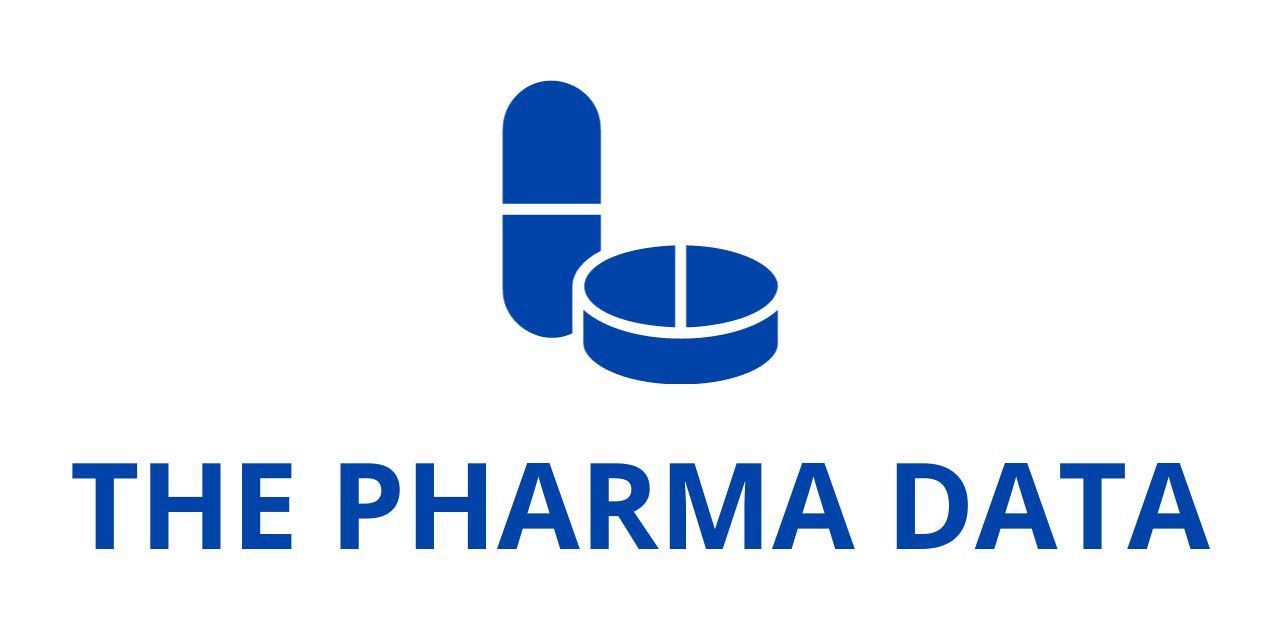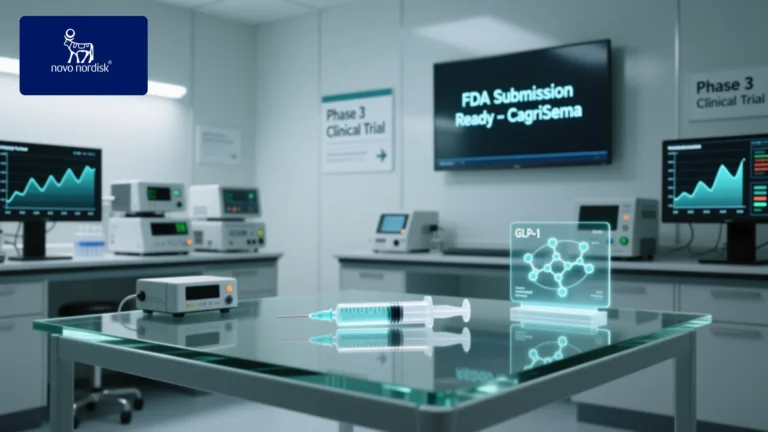
Novocure’s Optune Lua® Earns CE Mark Approval for Treating Metastatic Non-Small Cell Lung Cancer
In a significant development for the treatment of advanced lung cancer, Novocure announced that its innovative device, Optune Lua®, has received the Conformité Européenne (CE) Mark, authorizing its use across the European Union for adult patients with metastatic non-small cell lung cancer (NSCLC). This new indication specifically applies to patients whose disease has progressed following a platinum-based chemotherapy regimen and who are eligible to receive either immune checkpoint inhibitors or docetaxel.
The CE Mark approval comes just months after the U.S. Food and Drug Administration (FDA) granted approval for Optune Lua in October 2024. With this dual transatlantic regulatory milestone, Novocure is preparing to roll out the device in key European markets, beginning with Germany. The company has already initiated the national registration process and is laying the groundwork for a full-scale commercial launch.
A New Modality in the Fight Against Lung Cancer
Optune Lua is part of Novocure’s broader portfolio of Tumor Treating Fields (TTFields) therapies—non-invasive treatments that utilize low-intensity, alternating electric fields to disrupt cancer cell division. The TTFields technology is delivered through wearable arrays connected to a portable device, enabling patients to undergo treatment without hospital confinement. These electric fields are specifically tuned to interfere with the mitotic process of tumor cells, ultimately resulting in apoptosis, or programmed cell death.
What distinguishes TTFields from other forms of cancer therapy is its lack of systemic toxicity. Unlike traditional chemotherapy, which can affect both healthy and cancerous cells and often comes with severe side effects, Optune Lua is localized and targeted. According to Novocure, this makes it a particularly attractive option for patients who have already endured the grueling effects of multiple lines of therapy.
“This is an innovative and urgently needed new approach for treating metastatic non-small cell lung cancer,” said Dr. Joachim Aerts, a pulmonary oncology professor at Erasmus MC Cancer Institute and a principal investigator in the pivotal LUNAR trial. “The Phase 3 trial of Optune Lua is the first in over eight years to demonstrate a significant overall survival benefit for patients with this aggressive disease. Coupled with its minimal toxicity, this therapy gives patients and physicians a new and promising option where few exist.”
The Science Behind the CE Mark: Results from the Phase 3 LUNAR Trial
The CE Mark was largely supported by robust clinical data from the international, randomized Phase 3 LUNAR trial, which compared outcomes for patients receiving Optune Lua in combination with either immune checkpoint inhibitors or the chemotherapy agent docetaxel, against those receiving the pharmacological agents alone. All participants had previously experienced disease progression during or after platinum-based chemotherapy.
The trial met its primary endpoint of extending overall survival (OS). Patients in the Optune Lua group had a median OS of 13.2 months, compared to 9.9 months in the control group—a 3.3-month increase that was statistically significant (P=0.035). These results are especially notable given the advanced disease state of participants and the historical difficulty in extending survival meaningfully in this population.
A deeper dive into subgroup analyses showed even more compelling benefits:
- Checkpoint Inhibitor Combination: Patients receiving Optune Lua alongside an immune checkpoint inhibitor experienced a median OS of 18.5 months compared to 10.8 months in the control arm, yielding a 7.7-month survival benefit (P=0.03).
- Docetaxel Combination: While the combination of Optune Lua and docetaxel extended OS by 2.4 months (11.1 months vs. 8.7 months), this result did not reach statistical significance but did indicate a favorable trend.
Equally important is the favorable safety profile of the device. Approximately 65.4% of patients experienced skin-related adverse events under the transducer arrays, the vast majority of which were mild to moderate Approval (Grade 1 or 2). Only 5% experienced Grade 3 reactions that necessitated a temporary pause in treatment. Crucially, no Grade 4 or Grade 5 toxicities were reported, and no deaths were attributed to the device, reinforcing its safety in a frail patient population.
Post-Market Commitments and Regulatory Pathway
As a condition of the CE Mark, Novocure is initiating a post-market clinical study to further evaluate the real-world effectiveness of TTFields therapy in combination with docetaxel. The study will enroll 180 patients and feature a 12-month follow-up period. Outcomes from the TTFields-treated cohort will be benchmarked against a matched control group of patients treated with docetaxel alone.

This post-market surveillance is critical not only for ongoing regulatory compliance but also for establishing additional evidence to support Approval broader adoption across Europe. It will also provide real-world insights into quality of life, adherence, and patient-reported outcomes—key factors in determining reimbursement policies across different national health systems.
Expanding the Therapeutic Arsenal for NSCLC
Lung cancer remains the leading cause of cancer-related death across the European Union, accounting for hundreds of thousands of fatalities annually. NSCLC represents approximately 85% of all lung cancer cases. While treatment strategies have evolved significantly Approval over the past decade—especially with the advent of immunotherapies targeting PD-1 and PD-L1 pathways—long-term survival remains elusive for most patients with metastatic disease.
Standard first-line treatment typically includes immune checkpoint inhibitors, either as monotherapy or in combination Approval with chemotherapy. Upon disease progression, second-line options include docetaxel, pemetrexed, additional Approval immune therapies, and anti-angiogenic agents. Despite these advances, the five-year survival rate for metastatic NSCLC remains dismal, underscoring the need for novel, non-toxic treatment modalities.
Novocure’s TTFields therapy could help reshape the treatment paradigm, particularly for patients with few remaining options. Notably, this CE Mark builds upon a previous European approval of Optune Lua for use with pemetrexed in patients with stage IV, non-squamous NSCLC following Approval first-line treatment failure. The expanded indication now opens the door to treating a broader spectrum of patients across multiple lines of therapy.
Industry Implications and Future Directions
The CE Mark for Optune Lua positions Novocure at the forefront of a new class of oncology therapeutics—non-invasive, device-based interventions that work independently or synergistically with pharmacological agents. With Approval strong data, favorable safety, and growing regulatory momentum, Optune Lua could emerge as a new standard in late-stage NSCLC care.
Frank Leonard, President of Novocure Oncology, emphasized the broader vision: “This is a milestone not just for our company, but for oncology treatment as a whole. Tumor Treating Fields therapy has demonstrated its value in multiple difficult-to-treat cancers. With Optune Lua, we are continuing to build on that foundation and redefine how aggressive cancers like NSCLC can be treated.”
As Novocure advances commercialization in Europe, and ongoing studies refine our understanding of TTFields therapy, the oncology Approval community will be watching closely. With a growing body of clinical evidence and patient-friendly delivery, Optune Lua may very well represent a paradigm shift in the treatment of metastatic lung cancer.




